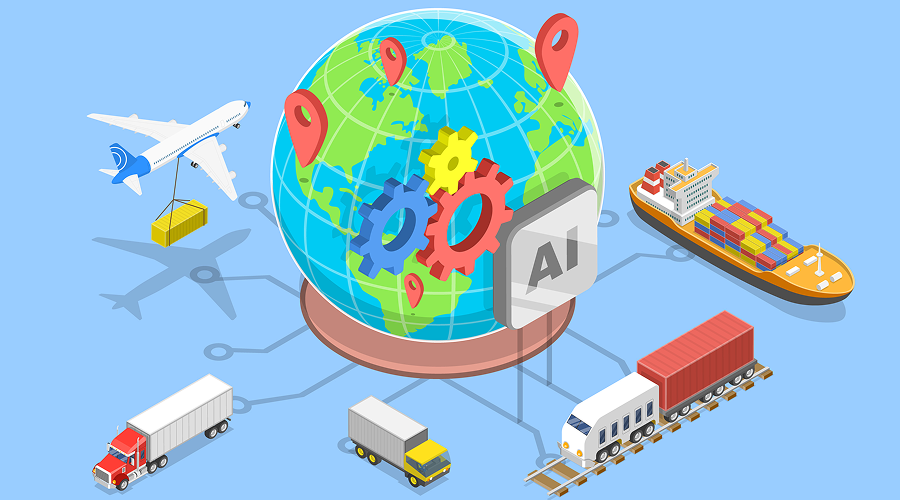Importance of Localization: Secrets of Product Localization Every Cross-Border E-Commerce Operator Should Know

Introduction
Hello, cross-border e-commerce operators! Today, we will delve into the keyword "Localization," exploring its importance and effective methods for product localization.
What is Localization?
Localization is the process of adapting a product or service to a specific market or culture. This includes enhancing and fitting the product image, message, and UX elements to the user experience. It is also crucial to edit and adapt marketing resources and materials to be familiar to customers in that region.
The Importance of Product Localization
- Increased Customer Satisfaction: Providing products and solutions that fit the market can enhance customer satisfaction. For example, Netflix's localization strategy has been very successful in this regard.
- Acquiring a Broad Customer Base: Successful localization allows you to serve people in various countries. Globally famous brands localize their product variations to match regional preferences and tastes.
- Accelerating Product Expansion: Considering regional needs and specific preferences in product customization can speed up market expansion.
Effective Methods for Product Localization
- Thorough Market Research: A lack of cultural consideration can alienate potential customers. For example, while Apple competes by belittling its competitors in other countries, it prohibited such marketing strategies that create a rivalry like PC vs. Mac in its expansion into the Japanese market.
- Building a Specialist Team: Success requires a team comprising project managers, copywriters, and product development personnel. Collaboration with local corporations, agencies, and distributors is also crucial.
Examples of Successful Localization by Companies
At Top 5 Great Examples of Localization Done Right, you can learn from specific success stories. These examples help understand effective approaches to localization.
The Difference Between Translation and Localization
Translation is about converting words, but localization is much more. The article The Difference Between Translation and Localization explains in detail the differences between these two processes.
Conclusion
Cross-border e-commerce operators, product localization is more than mere translation. By adjusting products and services to fit the culture and needs of the market, you can increase customer satisfaction and accelerate market expansion. We hope today's article provides valuable information for your business expansion.
AnyMind Group, which offers AnyLogi, has extensive global insights across 14 countries, making it an attractive option for businesses new to cross-border e-commerce, providing the necessary support to confidently expand their business. We have prepared numerous materials on cross-border e-commerce. If you are interested, please contact us through the link below.
Here's the English translation of the provided text:
Introduction
Hello, cross-border e-commerce operators! Today, we're focusing on the keyword "Localization," diving into its significance and the effective methods for product localization.
What is Localization?
Localization is the process of adapting a product or service to a specific market or culture. This involves enhancing and fitting the product image, message, and UX elements to the user experience. It's also crucial to edit and adapt marketing resources and materials to resonate with customers in that region.
The Importance of Product Localization
- Enhanced Customer Satisfaction: Offering market-aligned products and solutions can boost customer satisfaction. For instance, Netflix's localization strategy has been notably successful in this aspect.
- Broadening Customer Base: Successful localization enables you to serve diverse populations across countries. World-renowned brands tailor their product variations to align with regional preferences and tastes.
- Speeding Up Product Expansion: Customizing products to meet regional needs and preferences can accelerate market expansion.
Effective Product Localization Strategies
- In-depth Market Research: Missing cultural nuances can alienate potential customers. For example, Apple, known for its competitive marketing against rivals in many countries, avoided such strategies in Japan, steering clear of creating a PC vs. Mac type rivalry.
- Forming a Specialist Team: Success necessitates a team comprising project managers, copywriters, and product developers. Collaborating with local entities, agencies, and distributors is also vital.
Successful Localization Examples
At Top 5 Great Examples of Localization Done Right, you can learn from concrete success stories. These instances provide insights into effective localization strategies.
Translation vs. Localization
Translation involves converting words, but localization encompasses much more. The article The Difference Between Translation and Localization elaborates on the distinctions between these two processes.
Conclusion
For cross-border e-commerce operators, product localization transcends simple translation. Adjusting products and services to align with market cultures and needs can elevate customer satisfaction and expedite market expansion. We hope today's article offers valuable insights for your business growth.
AnyMind Group, provider of AnyLogi, boasts extensive global knowledge across 14 countries, offering robust support for businesses new to cross-border e-commerce. We have a wealth of resources on cross-border e-commerce available. Interested parties can reach out through the link below.








